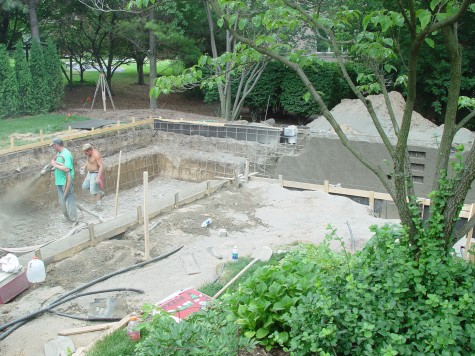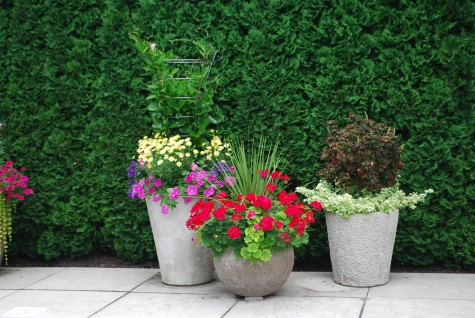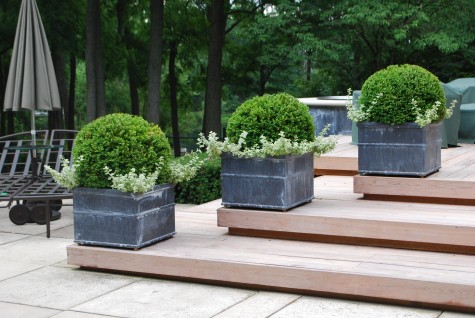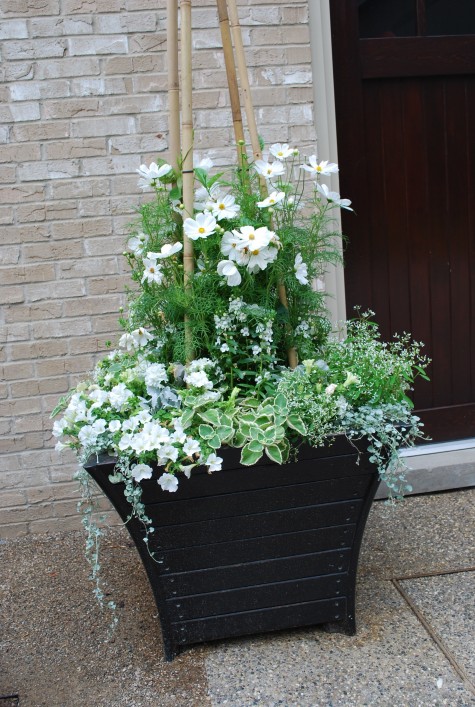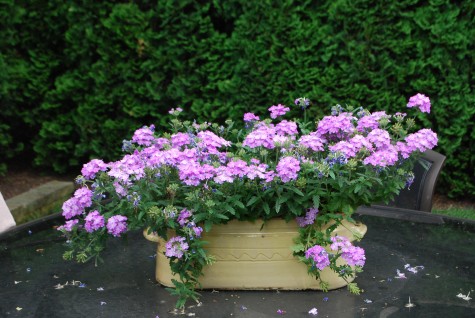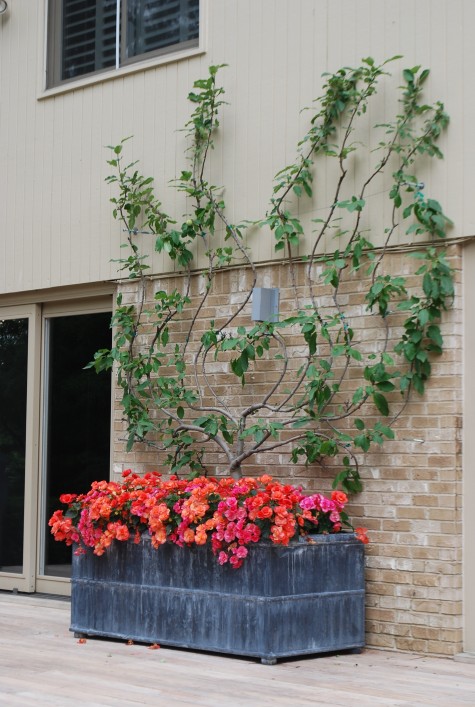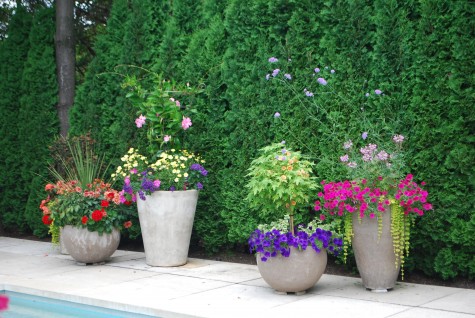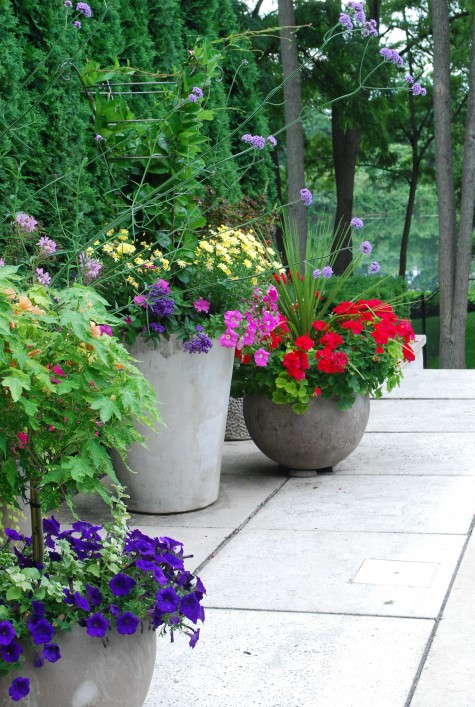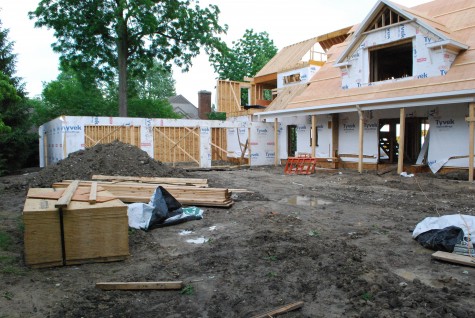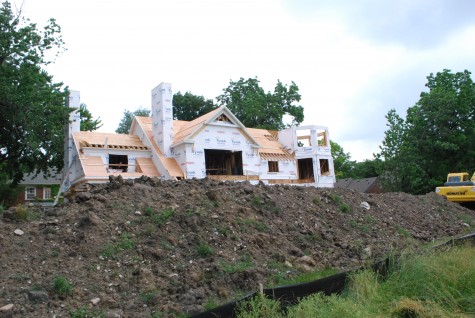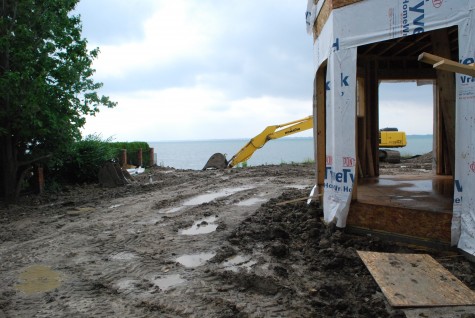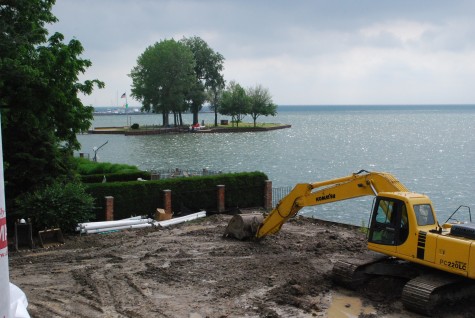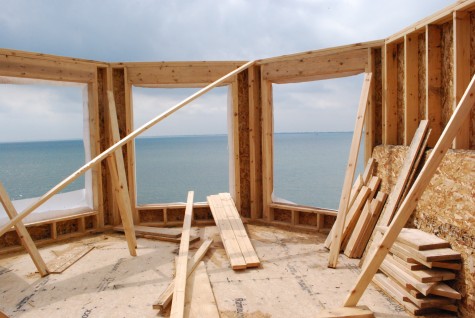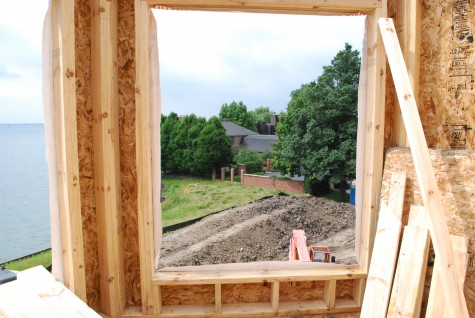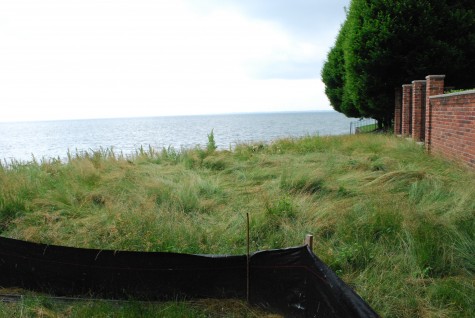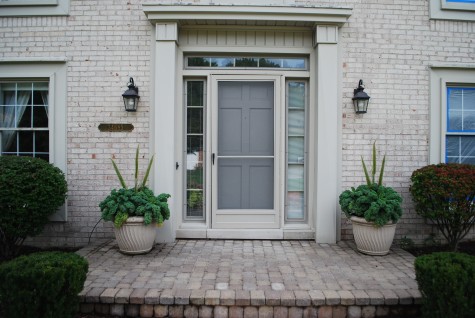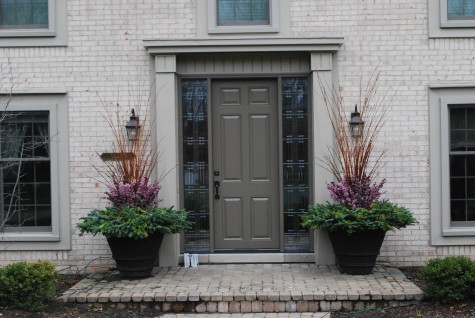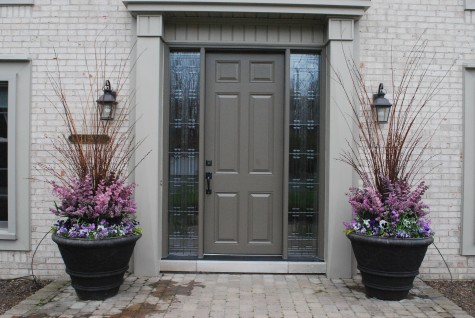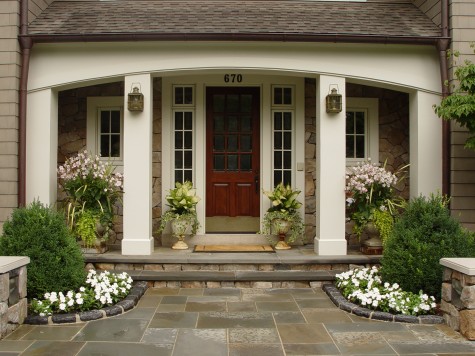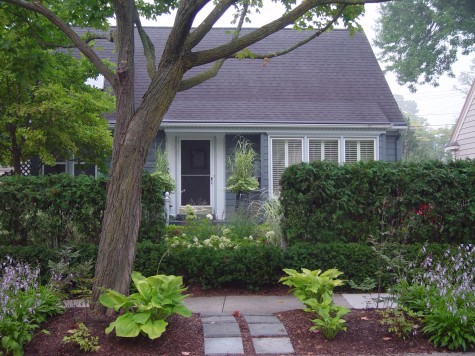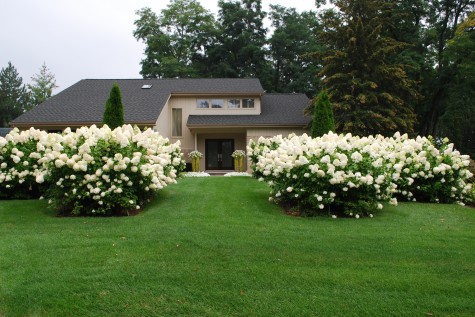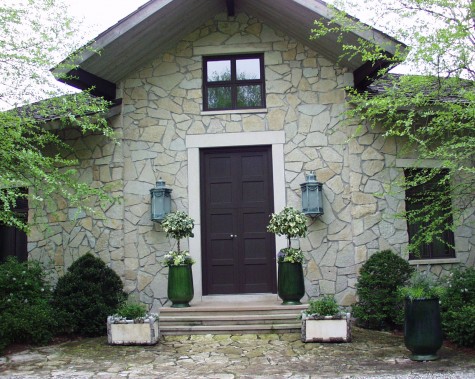No matter how well I communicate an idea about a landscape to a client, I need a drawing. The drawing is a bird’s eye view of a property which in no way communicates the sculptural volumes that might bring an idea to life in a dimensional way, but it formalizes my thinking. It helps me explain my idea, and all of the details of that idea. For me, the drawing and the creating happen at the same time. Some clients take the drawing of the design, and install it themselves, or contract with someone else to do the work. All of this is fine with me. I could make models, but I have too many design projects at any given time to make that idea practical. And truth be told, most clients want to feel comfortable that what they are getting has value, beauty, sensibility, and inspiration. They want this much more than a drawing.
A drawing is a series of lines put to a piece of paper. A definition of a drawing includes the signature on a check, a couture designer’s gestural record of shape, a graph tracking any number of trends, the doodling most people do while on the phone. It can be utterly simple, or amazingly complicated. Architectural drawings are incredibly detailed. They are a map which details how a structure should be built. Topological surveys, mortgage surveys, drainage plans, installation details-these are all highly technical drawings from which an idea can come to life. There are drawing made by Picasso whose lines can be counted on one hand. There are drawings by Albrecht Durer that involve thousands of intersecting and overlapping lines.
These drawings are not technical in nature. They are emotionally generated, and emotionally charged. A pencil, a charcoal or pastel stick-some line drawings are not so much about the shapes the lines describe, as the pressure placed on the medium. My drawings are a skeletal and dispassionate version of a sculpture which I passionately believe will live and breathe. Not art. They are a means by which I can better express an idea.
I do all of my drawings by hand. I find the time I spend creating the drawing influences the design. There are times when in the process of constructing an angle or a space-I have a different idea. I value an idea, no matter what time it appears. These hand drawn plans may not be as perfectly crisp or accurate as a drawing assisted by a computer, but my hand made gestures speak volumes to a client. There is a person governing that hand.
I am very stubborn about taking the time for a plan to develop. I like to see homes or buildings out of the ground before I commit myself to a plan. Most of the the time I spend designing happens in my mind, in the course of the day. Just before I wake up. Monica has learned to distinguish those times when I am looking at her, but actually somewhere else. I rarely put a pencil to a piece of paper before I have reviewed and determined a point of view in the abstract.
Ideas that help to design a garden can come from lots of places. A picture in a magazine. A comment from a friend. A favorite color. I subscribe to lots of design magazines. I read them twice, then I rip out any page that still appeals to me. I don’t need to know what I like about anything I see at that moment. The time will come when that picture will inspire a particular design. But nothing helps my creative process so much as the drawing. It does not need to be finished or fancy. It needs to have rhythm. I cannot explain this very well, but what you are thinking needs to come out of the end of your pencil as a drawing. No gardener plants ideas. They plant living things appropriate to or in celebration of an idea.
None of my clients like to draw for me. Sometimes I insist. I learn more about how a client feels about a space by seeing their drawing of it, than I do talking to them about it. Their drawings are about clearly expressing spaces and shapes; this is an art of a different sort. In just a few lines, they express to me what they hope for, what they need, what they expect.
People’s signatures interest me. They are usually highly individual, and beautifully gestural. A signature is a drawing that has been developed and practiced over a long period of time. Most signatures are very confident, and sculptural. Your garden bears your signature-so does mine. I might not really be aware of what my signature is-who thinks throught the process of signing a check or document? I do what I do-you do what you do. That expression-it is a drawing you could do at a moment’s notice. A design for a landscape should have that same immediacy and confidence. My advice-do not second guess your signature. Just sign, and build.
My drawings sign-sorry- assign spaces, places, accessibility, movement, rhythm. They are simple maps, detailing what I hope will be a good journey. That line drawing at some point will become something else entirely. A place to live. A place to grow food. A place to cut flowers. A place to be. A place to entertain friends and family. A mini-soccer field. A place to relax and read.
My advice? Blow up your mortgage survey to a scale you can easily study. Draw the beds and spaces you have, the best you can. Draw your ideas and dreams over top of what is existing. Look at the picture this makes. Make lots of marks with your pencil. Draw lots of lines before you ever put your shovel to the dirt. Your drawing may turn out to matter more than you ever thought possible.
